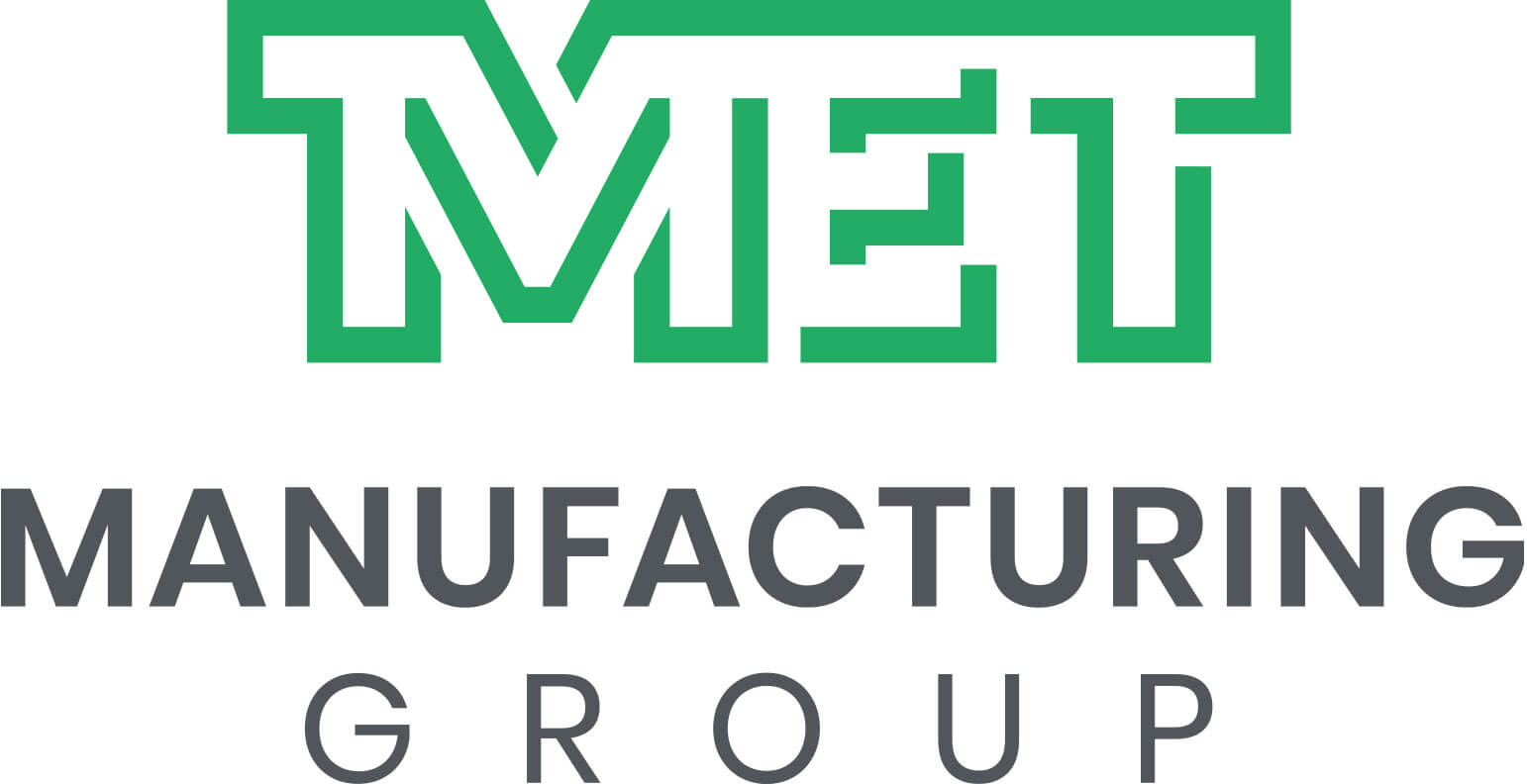Photochemical etching (also known as photo etching or photochemical milling) is a process that removes selective material from metal alloy substrates ranging in thicknesses of .002” to .062”. This manufacturing technique is beneficial in producing light gauge, metal alloy parts with complex shapes that require high precision. Photochemical etching is a cost-effective alternative to traditional machining processes as the upfront tooling cost is generally less than $300 with the ability to rapid prototype.
This article will identify and explore additional benefits and uses of photochemical etching.
Advantages of Photochemical Etching
The photochemical etching process provides cost-effective tooling and mass duplication of designs across an etched panel.. It also maintains the integrity of the metal’s physical and chemical characteristics, leading to smooth, pure and defect-free parts.
High Precision Tolerance
Photo etching is known for its precision and tight tolerances. It uses precision tooling and tightly controlled chemicals used to etch the material resulting in parts with tolerances as low as 0.001”. This high level of precision also makes it suitable for applications requiring very accurate features, material thickness, and purity of metallization.
High Aspect Ratio
The aspect ratio is the relationship between the thickness of a feature and its width. In photo etching, thin photoresist materials selectively expose and etch accurate patterns. This results in high aspect ratios, where very thin parts are produced relative to their width and material thickness.
Material Versatility
Photochemical milling is a versatile manufacturing technique that may be applied to various materials, including red metal alloys like copper, brass, phos bronze, and Beryllium Copper. In addition, etching can handle cold rolled alloys such as 1095 spring steel, stainless steel, Kovar, Inconel, and other exotic alloys.. This versatility enables manufacturers to build or test components from different metals simultaneously, eliminating the need for multiple production procedures or suppliers.
No Secondary Finishing Required
This etching technique leaves the component with a clean, smooth edge devoid of burrs and other defects. Thus, it significantly lowers the requirement for secondary finishing procedures like deburring, polishing, and smoothing. Consequently, this process decreases production time, additional labor, and extra material costs.It also sets up etched products to receive precious metal, nickel, or tin/lead plating to enhance the final use of the products. Many etching houses can also use their plating masking as selective plating masking as well.
Typical Etched Products and Applications
Photochemical etching is a flexible and effective production technique with applications in various industries, including aerospace, medical, and electronics. This makes it a valuable manufacturing solution for the following parts and components:
Spring Contacts and Fuel Cells
Photo etching’s precise tolerances make it possible to build spring contacts and fuel cells for the electronics industry. Spring contacts are utilized to generate electric connections between two conducting surfaces. Meanwhile, fuel cells are devices that produce electricity via a chemical reaction.
Gaskets and Seals
Photochemical milling allows for the efficient and precise manufacturing of intricately shaped sealing components. The function of gaskets is to block the flow of liquids, gasses, and other things between two surfaces. Similar to gaskets, seals are used to prevent the leaking of pressurized fluids.
Filters and Screens
Filters and screens play a vital role in the health industry by ensuring the cleanliness and safety of fluids and chemicals used in medical devices. Filters are designed to remove pollutants from liquids and gasses, such as particles, bacteria, and other contaminants. On the other hand, screens separate materials depending on their size, shape, or other characteristics.
EMI and RFI Shielding
Electromagnetic Interference (EMI) and Radio Frequency Interference (RFI) can pose challenges for electronic devices, as they disrupt signals and cause malfunctions. These issues are prevented by installing proper shielding around electronic components and wires. Photo etching is suitable for fabricating metal sheets, screens, and meshes that shield devices from electrical and magnetic fields.
Printed Circuit Boards
Printed circuit boards (PCBs) are essential for linking active and passive electronic components using pads, tracks, and lines onto a copper laminate sheet. The etching procedure in PCB production includes chemically removing the copper cladding from the substrate’s surface, leading to the fabrication of precise and high-quality boards.
Heating Elements
Etching sets up well for the use of heating elements such as packaging sealing, kitchen appliance heaters, and conductive mesh. 302/304 stainless steel or exotic Kanthal materials are ideal to serve as heating element base alloys.
Encoder Disc
Brass, Phos Bronze, or Stainless Steel encoder discs of all varieties are very popular products for photochemical etching. High precision allows for the final application to be as precise as designed for many alignment or sensory blocking applications.
Nameplates
Partial etching into base alloys set etching up well to make repetitive name plates, display panels, and other artistic based applications.
Choose MET Manufacturing Group for High-Quality Photochemical Etching Services
At MET Manufacturing Group, we specialize in photochemical milling or etching to produce precise sheet metal components! We also offer value-added services, including forming, plating, heat treating, kitting, and specialty packaging. This ensures you will not be required to work with several service providers for your project.
Contact us at (574) 293-3342 for more information about our capabilities! You can also request a quote today.
